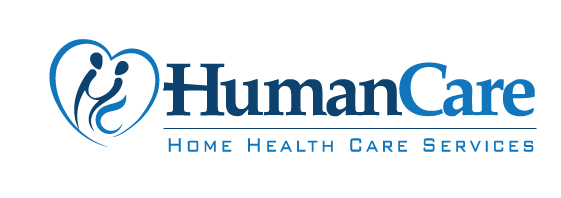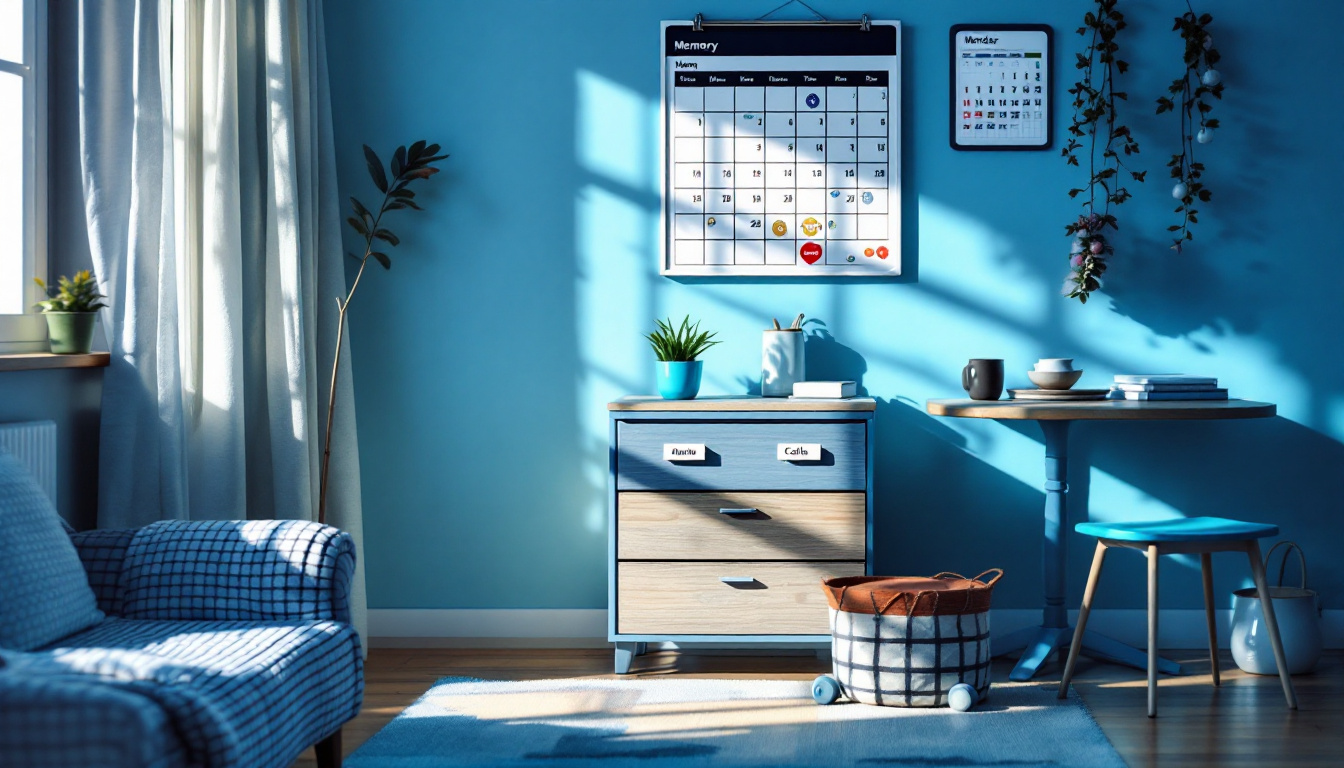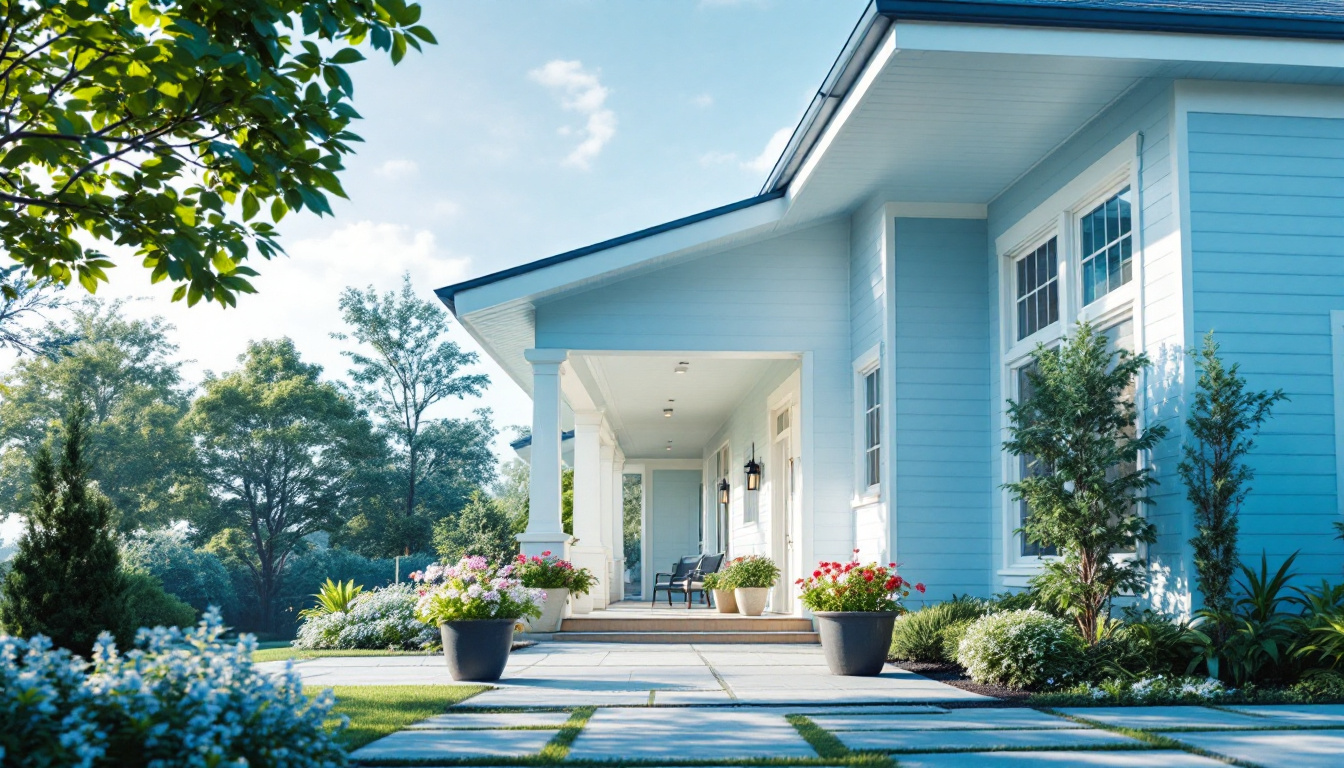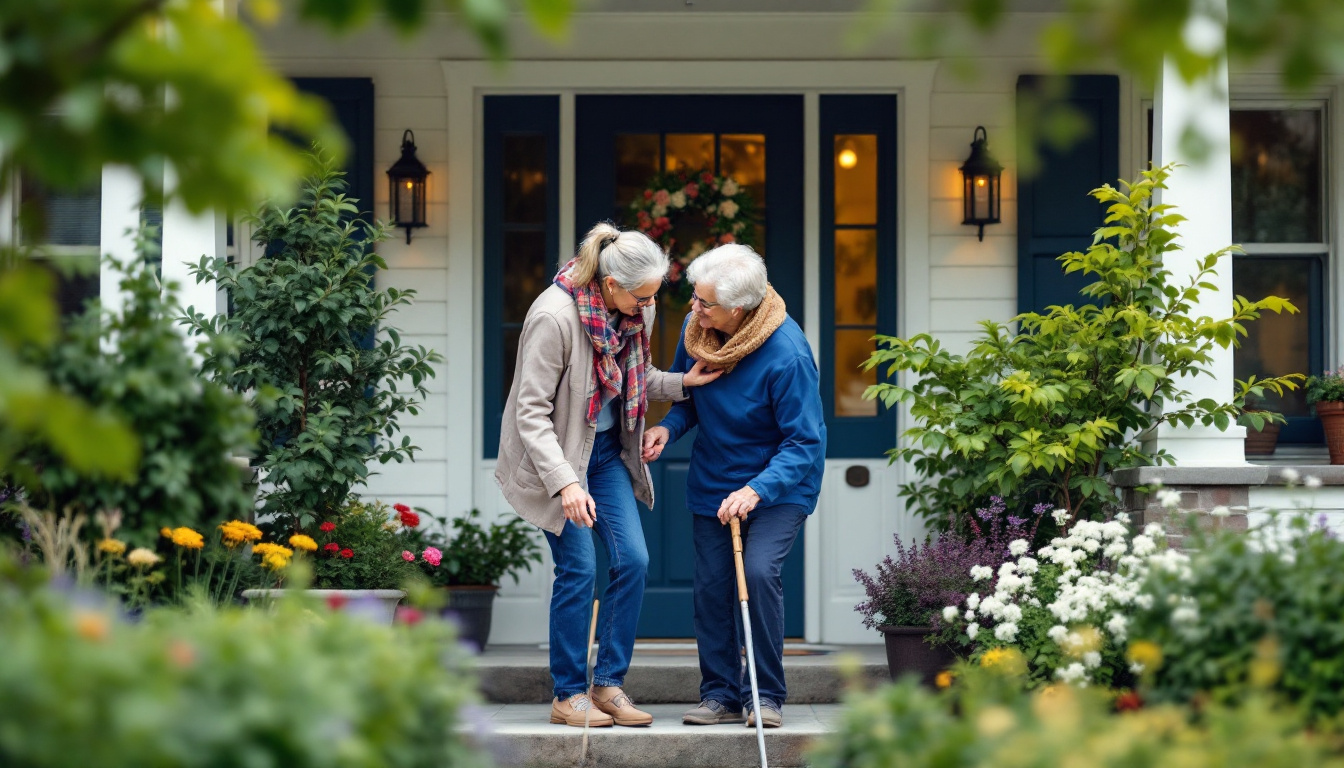How to Manage Blood Pressure Medications in Elderly Patients
Effective Strategies for Managing Blood Pressure in Aging Populations

Understanding Hypertension in Older Adults
Hypertension is a prevalent concern in the elderly, affecting over 66% of those aged 65 and older. As the elderly population continues to grow, managing blood pressure effectively becomes crucial. This condition is a significant risk factor for cardiovascular diseases, warranting careful consideration of both pharmacological and non-pharmacological interventions tailored to the unique needs of this demographic.
The Complexities of Hypertension in Seniors
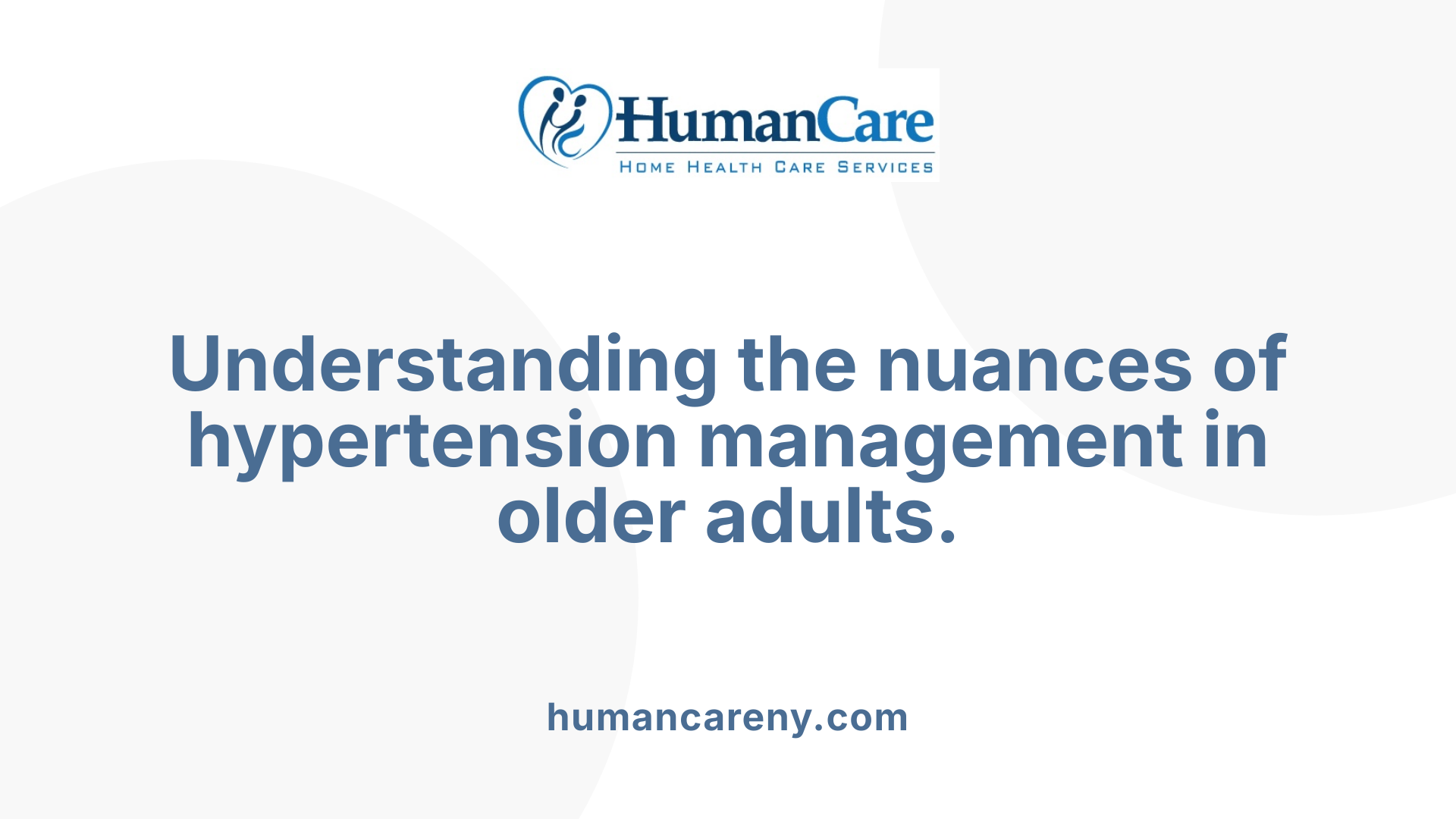
Physiological Changes with Age
Hypertension is prevalent in over 70% of adults aged 65 and older. As individuals age, physiological changes occur, such as decreased blood vessel elasticity and plaque accumulation, leading to increased blood pressure levels. These alterations require a tailored approach in managing hypertension in older adults, who often have multiple comorbidities that complicate pharmacological treatment.
Impact on Blood Pressure Levels
Management of hypertension in seniors necessitates a careful consideration of these physiological changes. The 2017 ACC/AHA guidelines suggest a target blood pressure of less than 130/80 mm Hg for older adults. Furthermore, older patients with favorable health should aim for a blood pressure goal of 120–129 mm Hg, while those over 80 may have slightly higher targets of 130–139 mm Hg, depending on their health status and ability to tolerate treatment.
| Age Group | Target Systolic BP Goal | Notes on Treatment |
|---|---|---|
| 65 to 80 years | <130/80 mm Hg | Begin with low doses; adjust based on tolerance |
| 80 years and older | 130-139 mm Hg | More lenient targets to minimize adverse effects |
| General elderly population | <130/80 mm Hg | Individualized based on frailty and comorbidities |
In summary, a nuanced and individualized treatment plan is essential for effectively managing hypertension in the elderly, balancing optimal blood pressure control with considering the risk of adverse outcomes.
Medication Strategies: Individualized Care
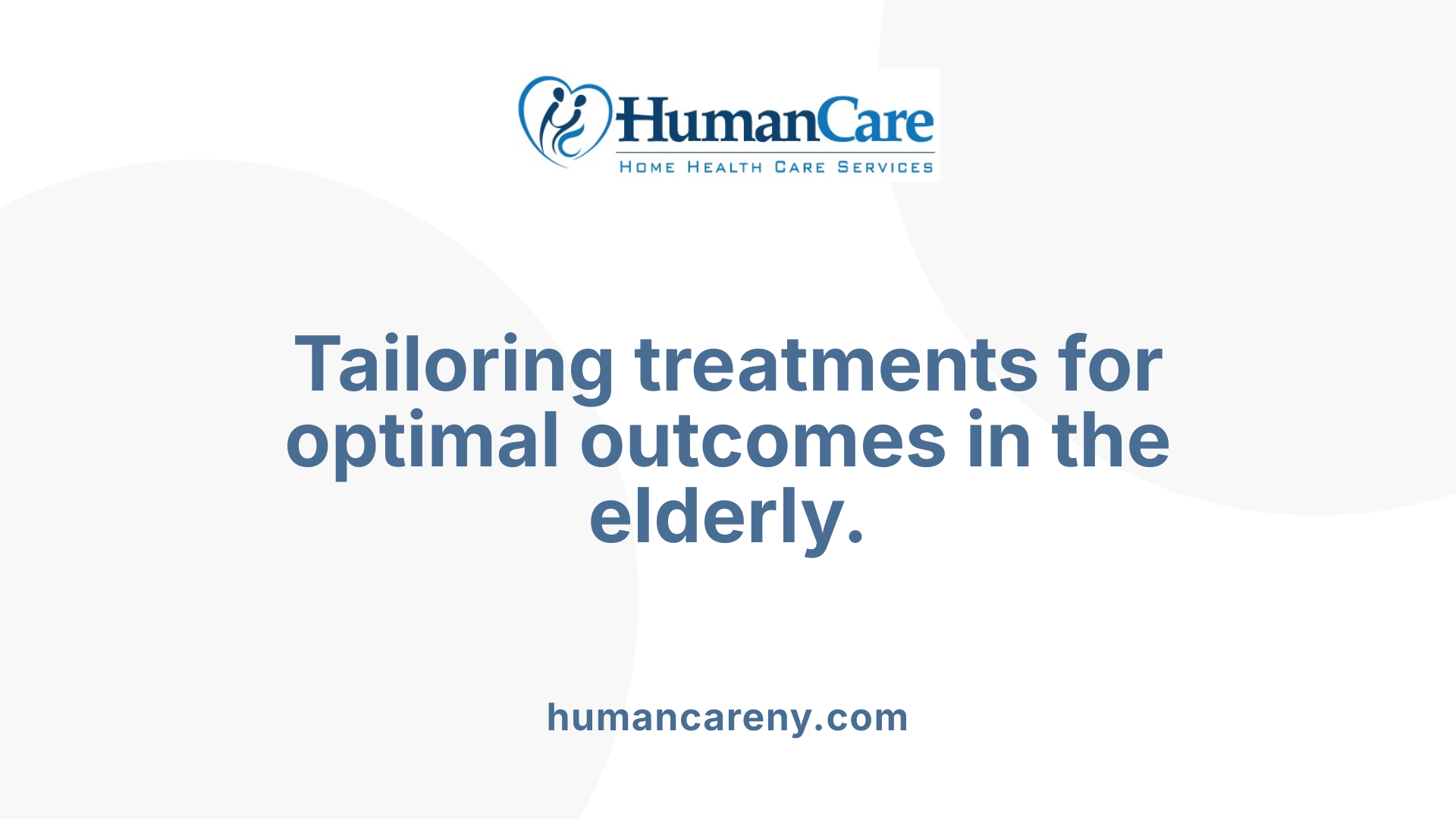
Importance of tailored treatment plans
Managing hypertension in elderly patients requires a nuanced approach rather than a blanket methodology. Each patient’s treatment plan must be personalized, considering their specific health conditions, functional status, and the presence of other diseases. With over 70% of seniors affected by high blood pressure, clinicians emphasize a comprehensive evaluation of frailty and comorbidities. For instance, while thiazide diuretics are recommended as first-line treatment for hypertension, patients exhibiting significant frailty might benefit from a simpler regimen to avoid adverse effects and hospitalizations.
Consideration of comorbidities and frailty
The presence of comorbid conditions complicates treatment decisions. For example, older adults with chronic illnesses such as heart failure or chronic kidney disease may require antihypertensive medications tailored to their unique circumstances. Strategies must emphasize gradual titration of medication, starting with lower doses to prevent complications like hypotension, particularly in frail patients. Evidence indicates that guiding treatment based on a patient's frailty can prevent morbidity and enhance quality of life.
Can you live a long life with treated high blood pressure?
Yes, you can live a long life with treated high blood pressure. Almost half of the U.S. population has hypertension, but with proper management and treatment, many individuals can live well into retirement age. Untreated high blood pressure can reduce life expectancy by 5 to 7 years and poses serious health risks, but maintaining controlled blood pressure can significantly improve outcomes. Lifestyle modifications, such as following the DASH diet, exercising regularly, and managing weight and stress, are important for effectively managing high blood pressure. Regular check-ups with a doctor and adherence to prescribed treatments are essential for long-term health and longevity.
Pharmacological Options for Seniors
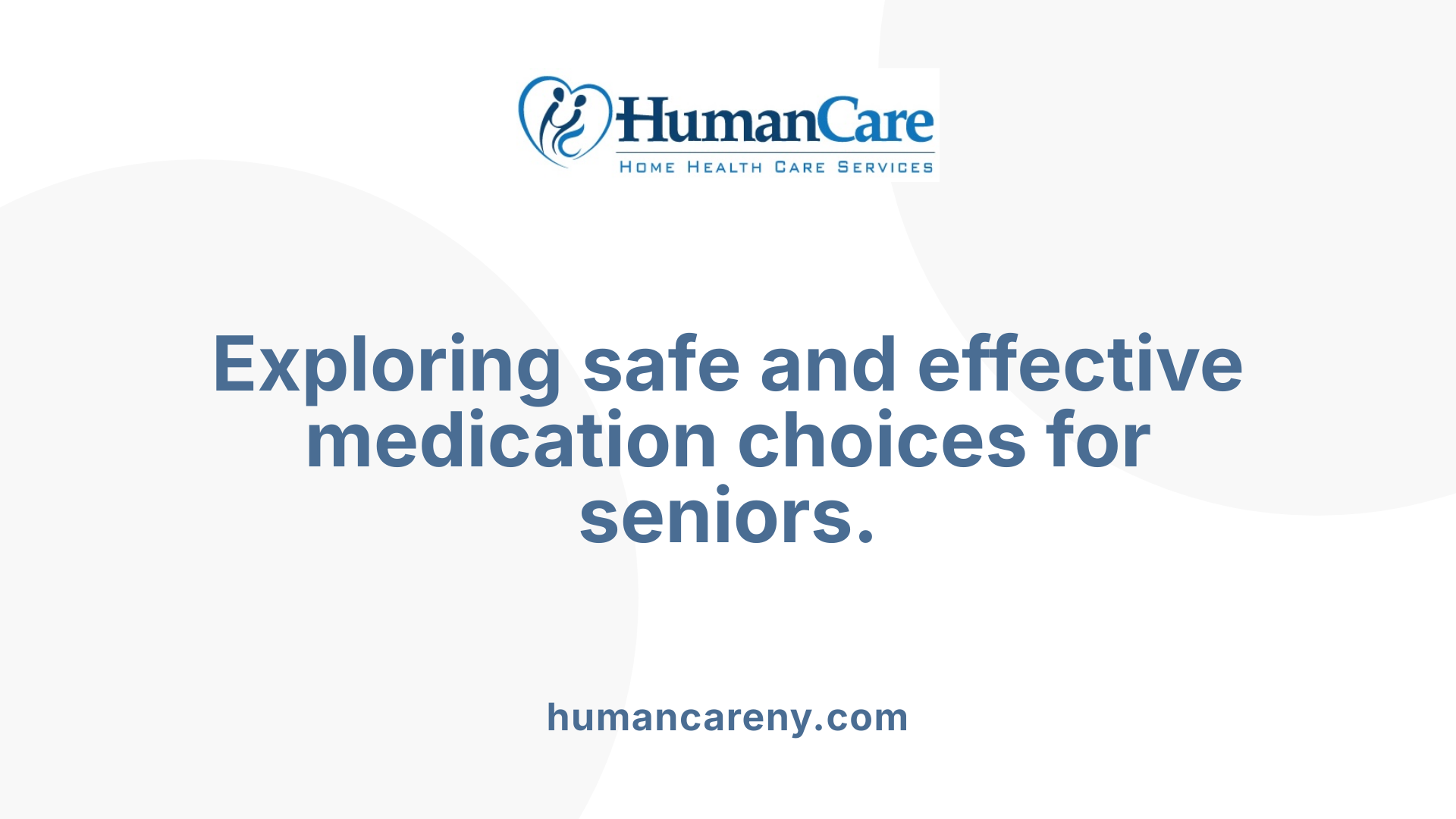
What is the safest blood pressure medication for the elderly?
The safest blood pressure medication for the elderly is often low-dose thiazide diuretics. They are widely considered first-line therapy, particularly for managing isolated systolic hypertension, which is common in this age group. These medications help reduce blood volume and lower blood pressure effectively while generally being well-tolerated.
Statistics reveal that 65% of Americans aged 60 and older grapple with hypertension; however, only about 27% achieve adequate control. To address this, healthcare providers recommend a target blood pressure below 140/90 mm Hg for the elderly, with a stricter goal of less than 130/80 mm Hg for patients suffering from diabetes or chronic kidney disease.
Incorporating non-pharmacologic interventions into treatment plans is essential. Lifestyle modifications such as weight loss, adopting the DASH diet (rich in fruits and vegetables), and engaging in regular low-impact aerobic activities can significantly bolster blood pressure management.
Side effects and risks
While thiazide diuretics are effective, it's critical to monitor elderly patients for potential side effects. These can include dehydration, electrolyte imbalances (particularly potassium), and orthostatic hypotension, which may increase the risk of falls. This necessitates careful titration of doses and regular follow-ups to adjust treatments based on individual responses and any emerging health issues.
Overall, an effective treatment plan for elderly patients should not only rely on pharmacotherapy but also emphasize lifestyle changes, aligning with their specific health profiles for optimal management of hypertension.
Lifestyle Modifications: The First Defense
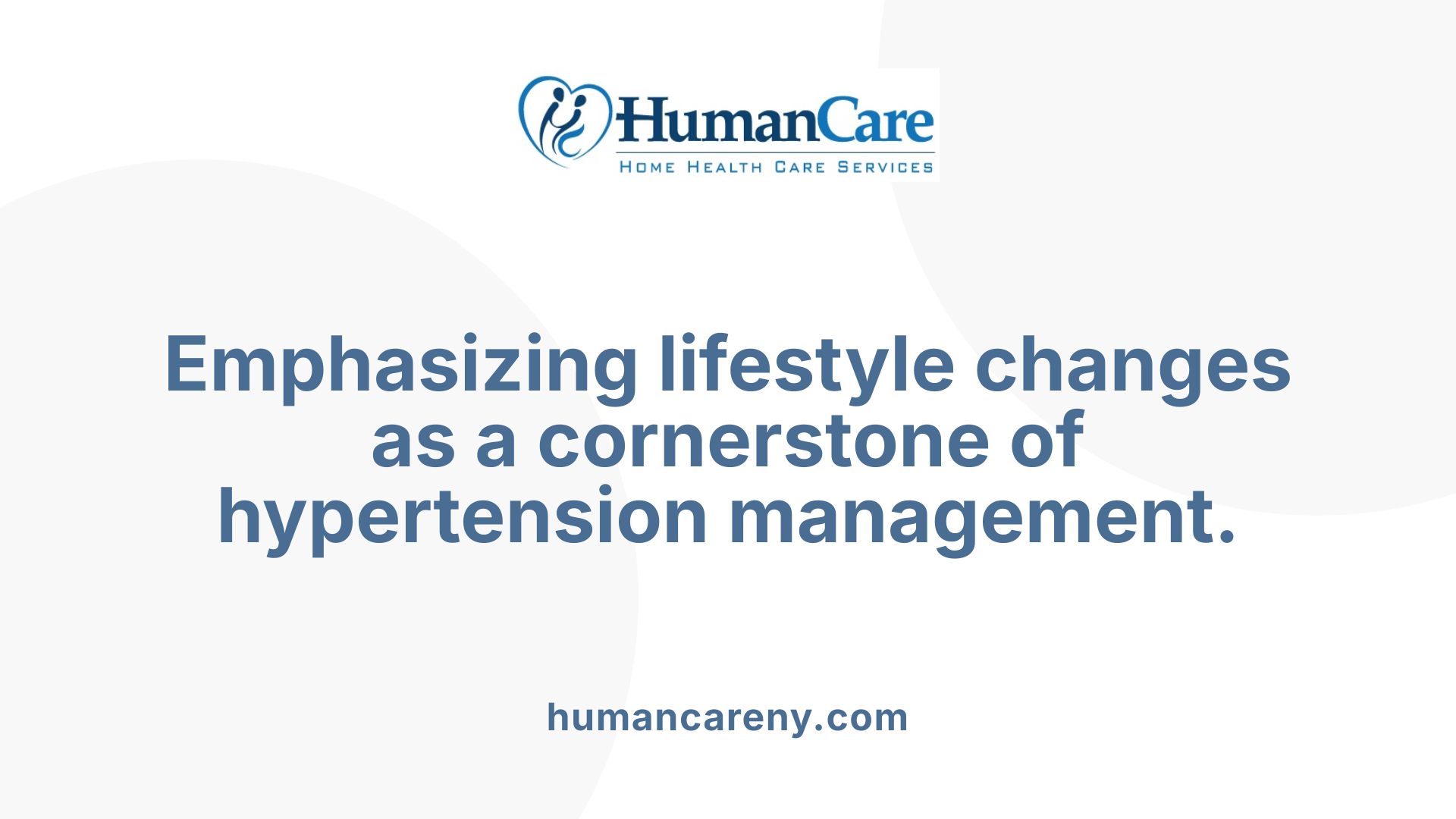
How can blood pressure be controlled in the elderly?
Blood pressure can be controlled in the elderly through a combination of lifestyle changes and medication. Key lifestyle modifications include:
Maintaining a Healthy Weight
- Weight management is crucial as obesity is linked to higher blood pressure. Losing just 5-10% of body weight can lead to significant reductions in blood pressure levels.
Engaging in Regular Physical Activity
- Regular physical activity, such as walking or low-impact exercises, is effective in lowering blood pressure. Aim for at least 150 minutes of moderate aerobic activity each week.
Following a Heart-Healthy Diet
- The DASH (Dietary Approaches to Stop Hypertension) diet is highly recommended. It emphasizes fruits, vegetables, whole grains, low-fat dairy, and limited sodium intake. Reducing sodium from a high intake of around 4,000 mg/day to a targeted 2,000 mg/day can lower blood pressure by approximately 10 mmHg.
Avoiding Excessive Alcohol Consumption and Smoking
- Limiting alcohol to moderate levels and quitting smoking can significantly improve overall cardiovascular health.
Regular Monitoring of Blood Pressure
- Many older adults may be unaware they have hypertension due to a lack of symptoms. Regular check-ups and home monitoring can help track blood pressure readings effectively.
Importance of Consultation
It’s important for seniors to consult with their healthcare provider for personalized medication options when necessary. A tailored treatment plan is crucial, especially for those with other health issues.
By adopting a holistic approach and making these lifestyle changes, older adults can significantly manage and lower their blood pressure, ultimately reducing the risk of serious health complications related to hypertension.
The Role of Regular Monitoring and Medical Assessments
Importance of Monitoring Blood Pressure at Home
Regular monitoring of blood pressure at home is crucial for elderly patients. Home monitoring enables individuals to keep track of their blood pressure levels on a daily basis, providing valuable insights into their condition. This proactive approach can help detect any significant changes early, allowing for timely adjustments in treatment plans.
For elderly patients, maintaining a blood pressure log can facilitate discussions with healthcare providers and ensure that any concerns are addressed promptly. Reliable devices can easily track systolic and diastolic pressures in a comfortable setting.
Consultations with Healthcare Providers
Frequent consultations with healthcare providers are essential to effectively manage hypertension in older adults. During these appointments, doctors can assess the patient's overall health, including frailty and functional ability, which impacts treatment decisions.
A team-based approach, engaging pharmacists and primary care providers, can enhance treatment adherence and provide support for managing medications. Monitoring for side effects and adjusting treatments to minimize risks is vital, given that elderly patients often experience increased sensitivity to medications. Regular follow-ups can help ensure that blood pressure remains within target levels while considering the patient's quality of life.
Frailty and Comorbidities: Special Considerations
Impact on Blood Pressure Treatment
Frailty in older adults significantly affects how hypertension is managed. Many elderly patients present with multiple health issues that complicate treatment decisions. The physiological changes associated with aging, such as decreased organ function and increased sensitivity to medications, necessitate careful monitoring and tailored approaches.
Older adults with frailty often experience a higher risk of adverse effects from antihypertensive medications. For instance, hypotension is a serious concern, potentially leading to falls or hospitalization. Therefore, blood pressure targets for frail patients are generally more relaxed. This individualized approach is crucial for ensuring safety without compromising cardiovascular health.
Need for Adjusted Treatment Strategies
Managing hypertension in frail elderly patients requires a shift from standard guidelines to more customized treatment plans. Assessing frailty and overall health status allows for the selection of appropriate pharmacotherapy, often starting with low doses or monotherapy to minimize complications.
For patients exhibiting significant loss of function, deprescribing or simplifying medication regimens may be necessary to prevent medication-related adverse events. Initiatives focusing on lifestyle modifications alongside careful medication management have shown benefits in controlling blood pressure without exacerbating frailty.
In conclusion, hypertension management in frail older adults is a delicate balance, requiring clinicians to consider their unique medical profile and frailty status when developing treatment plans.
Polypharmacy Challenges in Elderly Patients
What are the risks of multiple medications?
Managing hypertension in elderly patients often involves polypharmacy, which can lead to significant risks. Most seniors are on multiple medications, increasing the likelihood of adverse drug reactions, particularly in those with complex health issues and frailty.
- Increased Adverse Effects: Elderly patients are more sensitive to medication side effects, and polypharmacy can exacerbate these risks. Common issues include hypotension, renal impairment, and cognitive decline.
- Drug Interactions: Multiple medications increase the chance of interactions that can alter the effectiveness of treatments or cause unexpected side effects.
- Medication Adherence Challenges: The complexity of managing several prescriptions can lead to non-adherence, which in turn impacts blood pressure management and overall health outcomes.
What strategies can be employed to avoid medication overload?
To address the challenges of polypharmacy in elderly patients, healthcare providers can implement several strategies:
- Regular Medication Reviews: Conducting routine evaluations of all prescribed medications can identify unnecessary drugs that can be deprescribed safely.
- Individualized Treatment Plans: Tailoring therapy to each patient’s specific health profile and functional status helps minimize the number of medications needed.
- Monitoring and Adjusting: Close monitoring for efficacy and side effects enables timely adjustments to therapy, ensuring safer and more effective management of blood pressure.
By focusing on these strategies, healthcare providers can mitigate the risks associated with polypharmacy and enhance the overall safety and effectiveness of hypertension management in elderly patients.
Adherence to Medication: A Key Factor
Importance of Medication Adherence
Adherence to antihypertensive medications is crucial for effective blood pressure management among elderly patients. Research indicates that higher adherence rates significantly lower the risk of mortality, particularly in those aged 65 and older. In a study involving 1,283,602 seniors, those with over 75% of prescriptions filled experienced up to 44% lower all-cause mortality compared to those with very low adherence.
Strategies to Improve Adherence
To enhance medication adherence among older adults, several strategies can be employed:
- Simplified Regimens: Prescribing fewer medications or lower doses to reduce complexity.
- Patient Education: Providing clear instructions on the importance of taking medications as prescribed.
- Regular Follow-ups: Scheduling consistent appointments to monitor health progress and adjust treatments as necessary.
- Shared Decision-Making: Engaging patients in discussions about their treatment plans can improve their commitment to following the regimen.
- Use of Pill Organizers: Tools that help patients remember their dosing schedule.
Adhering to prescribed antihypertensive regimens profoundly affects health outcomes, making it essential for healthcare providers to prioritize adherence strategies in treatment plans.
Potential Side Effects and Management
Common side effects of antihypertensive medications
Elderly patients often experience a variety of side effects from antihypertensive medications. Some common side effects include:
- Hypotension: A drop in blood pressure can lead to dizziness or fainting, particularly when standing up (orthostatic hypotension).
- Electrolyte imbalances: Diuretics, frequently used in this population, can cause low potassium or sodium levels.
- Renal function changes: Medications can affect kidney function, especially important given the prevalence of chronic kidney issues in older adults.
- Falls: An increased risk of falls due to dizziness or coordination loss related to blood pressure fluctuations.
Ways to manage these side effects
Managing side effects in elderly patients requires a proactive and individualized approach. Here are some strategies:
- Gradual adjustment of medications: Start with low doses and increase gradually to minimize hypotension and adverse effects.
- Monitoring: Regular blood pressure checks and laboratory evaluations can guide medication adjustments and identify issues early.
- Patient education: Teaching patients to recognize symptoms of low blood pressure and to rise slowly from sitting or lying positions.
- Lifestyle modifications: Encouraging a healthy diet with proper hydration and sodium levels can help mitigate electrolyte imbalances.
- Collaboration with healthcare teams: Involving pharmacists and geriatric specialists can optimize therapy and manage comorbidities effectively.
These tailored interventions ensure safer management of hypertension while addressing the unique challenges faced by elderly patients.
Deprescribing: When Less is More
Criteria for Deprescribing
Deprescribing in the elderly, especially those with hypertension, involves thoughtful criteria that account for frailty, quality of life, and medication burden. Key indicators include:
- Polypharmacy: Patients taking multiple medications often face increased risks of adverse effects.
- Adverse Effects: Any significant negative outcomes from current antihypertensive therapy may warrant a review of necessity.
- Functional Status: Assessing a patient’s functional ability is paramount. For those with significant loss of function, reducing medication may improve overall quality of life.
Benefits of Medication Reduction in the Elderly
Implementing a deprescribing strategy can offer numerous benefits, such as:
- Reduced Mortality Risk: Studies show that carefully managed deprescribing can reduce the risk of adverse events, especially falls and hospitalizations.
- Improved Adherence: Fewer medications can simplify regimens, enhancing patient adherence and willingness to follow treatment plans.
- Enhanced Quality of Life: Focusing on what truly benefits frail patients may lead to better overall well-being and lower medication-related complications.
In summary, deprescribing is a strategy that can help optimize management of hypertension among elderly patients, focusing on safety and quality of life while minimizing unnecessary medication burden.
New Research and Innovations in Hypertension Treatment
Pharmacogenetics and Personalized Medicine
Pharmacogenetics is gaining traction in hypertension management, particularly for the elderly, who often have varied responses to medications due to their genetic makeup. By tailoring antihypertensive therapies to an individual’s genetic profile, health care providers can potentially enhance treatment efficacy and minimize adverse effects. This approach could be especially beneficial for older adults, who frequently experience complexities in medication management due to multiple comorbidities and polypharmacy concerns.
Emerging Therapies
Research continues to explore innovative treatments for hypertension in senior populations. New drug classes are in development, including mineralocorticoid receptor antagonists, which have shown promise in reducing cardiovascular and renal events in elderly patients. These emerging therapies aim to address the nuanced challenges faced by this age group, including those related to frailty and safety profiles during treatment.
Investigations into device-based interventions, such as renal denervation, are also underway. These methods may provide new avenues for controlling hypertension in elderly individuals who exhibit resistance to traditional pharmacologic therapies.
In summary, the intersection of pharmacogenetics and novel treatment modalities represents a vibrant area in hypertension research, offering hope for more personalized and effective management strategies for older adults.
Risks of Intensive Blood Pressure Control
Hypotension and Related Risks
Intensive blood pressure control in elderly patients can lead to significant risks, particularly the incidence of hypotension. When blood pressure is aggressively lowered, older adults, especially those who are frail, face a heightened risk of adverse events. These may include falls, syncope, and even increased mortality related to severe drops in blood pressure. Recent studies have indicated that for every 10,000 elderly patients treated intensively, there is a notable risk of hospital admission or death due to falls.
Given that older patients are already susceptible to falls, the stakes are high. The balance becomes critical; while the treatment can protect against cardiovascular events, the adverse effects of low blood pressure necessitate a cautious approach.
Balance Between Treatment and Quality of Life
Managing hypertension in the elderly is not just about achieving target blood pressure numbers but also about preserving quality of life. Clinicians must weigh the cardiovascular benefits of treatment against the potential decline in functional status associated with undue hypotension.
The evidence highlights the need for individualized treatment decisions. For frail elderly individuals, starting with monotherapy and avoiding aggressive blood pressure lowering is prudent. Tailoring the approach to each patient's unique health status, while considering both the risks of treatment and the overarching goal of maintaining a good quality of life, is essential as the healthcare community navigates this complex landscape.
The Impact of Lifestyle Choices on Hypertension
Role of Diet, Exercise, and Other Habits
Lifestyle choices play a pivotal role in managing hypertension, particularly in older adults. A well-balanced diet, especially the DASH (Dietary Approaches to Stop Hypertension) diet, emphasizes fruits, vegetables, whole grains, and low sodium intake, significantly impacting blood pressure levels. For instance, reducing dietary sodium from 4,000 mg/day to 2,000 mg/day can lower blood pressure by approximately 10 mmHg.
Exercise is equally essential. Engaging in regular low-impact physical activities, such as walking or swimming, can help improve heart health and enhance overall well-being. Additionally, stress management techniques, including yoga and meditation, can mitigate stress-induced spikes in blood pressure.
Long-term Benefits of Lifestyle Changes
The long-term benefits of these lifestyle modifications are substantial. Not only do they help manage blood pressure, but they also reduce the risk of cardiovascular diseases, strokes, and improve overall life quality. Consistent adherence to dietary changes and physical activity can lead to sustained blood pressure control, decreasing the need for medication in some cases. Moreover, embracing such habits can foster a sense of autonomy and improve the quality of life among elderly patients, allowing for better health outcomes.
In summary, lifestyle modifications, alongside pharmacological treatments, are vital components of a comprehensive approach to managing hypertension in older adults.
Understanding the Guidelines: A Brief Overview
ACC/AHA Guidelines
The 2017 ACC/AHA guidelines proposed that noninstitutionalized older adults (aged 65 and above) should initiate treatment for hypertension when their average systolic blood pressure (SBP) is 130 mm Hg or higher, or their diastolic blood pressure (DBP) is 80 mm Hg or higher. Treatment goals aim for a target BP of less than 130/80 mm Hg, incorporating lifestyle changes alongside antihypertensive medications. Importantly, these guidelines underscore the need for individualized treatment approaches that account for a patient’s functional status, comorbidities, and treatment preferences.
Other Relevant Guidelines for Older Adults
Various medical societies, including the American College of Physicians (ACP) and the European Society of Cardiology (ESC), also offer guidelines for managing hypertension in the elderly. For example, the ACP/AAFP guidelines recommend pharmacotherapy for patients with SBP of 150 mmHg or higher. The ESC advises a more cautious approach, particularly for frail patients over 80 years of age, promoting a tailored treatment plan that emphasizes quality of life and minimizes the risks associated with aggressive BP lowering. These guidelines collectively highlight the importance of balancing treatment benefits with risks, especially given the unique physiology of older adults.
| Guideline | Age Group | Treatment Initiation | Target BP | Considerations |
|---|---|---|---|---|
| ACC/AHA | ≥65 years | SBP ≥ 130 mm Hg | <130/80 mm Hg | Individualized approach |
| ACP/AAFP | ≥65 years | SBP ≥ 150 mm Hg | <140/90 mm Hg | Focus on quality of life |
| ESC | ≥80 years | Cautious approach | Individualized | Emphasis on frailty |
The Role of Healthcare Teams in Hypertension Management
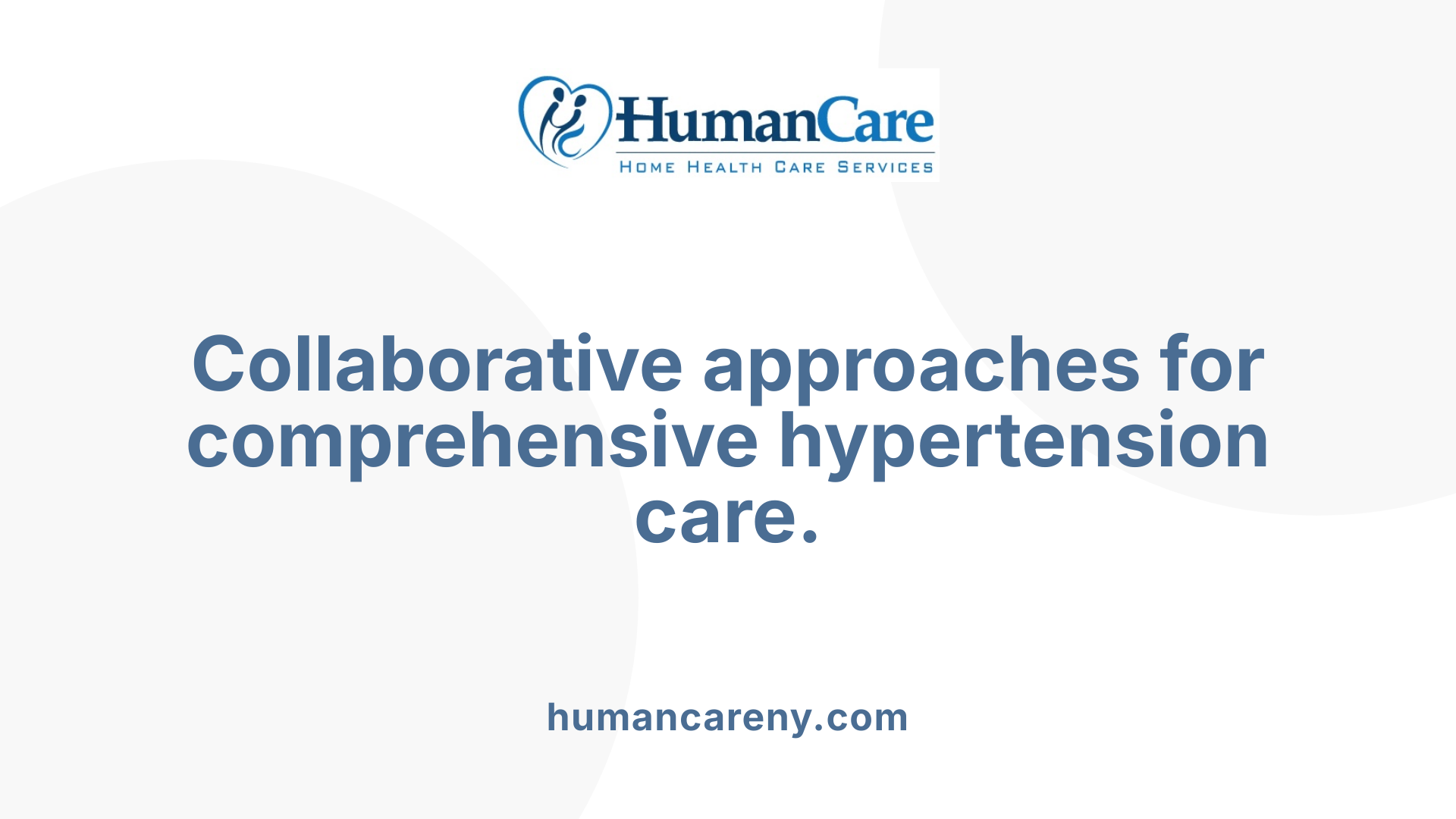
Collaborative Care Models
Effective hypertension management in elderly patients requires a collaborative approach. Healthcare teams typically involve primary care providers, specialists, nurses, dietitians, and pharmacists. This multidisciplinary setup ensures comprehensive assessments of patients, particularly in identifying their comorbidities and frailty status—critical factors when tailoring treatment plans.
For instance, pharmacists play a vital role in monitoring medication adherence and managing any side effects experienced by elderly patients. They can modify or deprescribe medications as necessary, ensuring that treatment remains effective without increasing the risk of adverse effects such as hypotension. Clearly, leveraging the expertise of varied healthcare professionals optimizes patient outcomes.
Patient-Centered Approaches
Patient-centered care emphasizes tailoring hypertension management to individual health statuses and preferences. Assessing aspects of autonomy and functional ability is crucial. For older adults, this approach may involve shared decision-making, where patients express their treatment goals and preferences, leading to a more engaged and satisfied patient.
Furthermore, nonpharmacologic interventions—such as dietary modifications and lifestyle changes—should be integrated into the plan, reinforcing the idea that hypertension management goes beyond medications. Strategies could include personalized dietary plans like the DASH diet, emphasizing fruits and vegetables, alongside an active lifestyle.
Overall, employing patient-centered approaches within collaborative healthcare models is vital for the effective management of hypertension in elderly patients, ensuring holistic care and improved health outcomes.
Individualized Blood Pressure Goals for Seniors
Setting Realistic and Achievable Targets
Managing hypertension in seniors necessitates setting personalized blood pressure goals. For healthy older adults aged 65 to 74, the target is generally under 140/90 mm Hg, whereas for those 75 and older, a less stringent goal of 140 to 145 mm Hg can help minimize adverse effects from treatment. The rationale for these varying targets acknowledges that lower blood pressure can drastically improve cardiovascular outcomes but may also increase risks like falls and hypotension in frail individuals.
Factors Influencing Target Goals
In establishing blood pressure targets for seniors, several factors must be considered:
- Comorbidities: Patients with conditions like chronic kidney disease require different target goals compared to those with primary hypertension.
- Frailty Assessment: Elderly patients who are frail may benefit from a gradual approach in treatment intensity and tighter controls are often avoided to decrease risks of hospitalization from falls.
- Functional Status: Patients with preserved function may follow more aggressive treatment protocols similar to younger adults, while those with lost functionality need a tailored approach that might involve less aggressive management strategies.
Additionally, lifestyle factors, the potential for medication interactions due to polypharmacy, and patient preferences play vital roles in crafting effective and safe blood pressure management plans in the elderly.
Cardiovascular Risk Reduction through Blood Pressure Control
Link between blood pressure control and CVD prevention
Managing blood pressure effectively in elderly patients holds significant importance due to the direct correlation between hypertension and cardiovascular disease (CVD). High blood pressure is a principal modifiable risk factor for events such as heart attacks and strokes. Current studies indicate that approximately 66% of older adults are afflicted by hypertension, which can lead to an increased incidence of CVD and related health conditions. With the aging population, the need for adequate blood pressure management is becoming paramount to minimize these risks.
Evidence supporting cardiovascular benefits
Clinical trials have demonstrated that managing systolic hypertension lowers the risks of cardiovascular events and mortality in older individuals. For instance, the ALLHAT trial and the SHEP study showcased that thiazide diuretics—recommended as first-line treatments—are effective in decreasing the likelihood of heart failure and improving overall survival rates among the elderly. Even modest reductions in systolic blood pressure can significantly reduce the risks of severe outcomes, such as fatal and non-fatal cardiovascular incidents, as shown in a meta-analysis where a 10 mmHg decrease resulted in notable benefit.
Additionally, the ACC/AHA guidelines advocate treatment initiation for non-institutionalized elderly patients with systolic pressures of 130 mm Hg or higher, illustrating the clinical acknowledgment of hypertension's serious implications on heart health. This evidence strongly supports that effective blood pressure control can lead to significant cardiovascular risk reduction, especially among older adults—often requiring tailored treatment strategies to fit their unique health profiles.
Beyond Medication: Holistic Approaches to Hypertension
How can stress management contribute to hypertension management?
Stress management techniques are increasingly recognized for their role in controlling blood pressure, particularly among the elderly. Reducing stress can lead to lower blood pressure levels, making practices like yoga, meditation, and mindfulness effective adjuncts to pharmacologic interventions. Incorporating regular sessions of these activities into daily routines can foster a sense of calm, thereby enhancing overall heart health.
What is the importance of support systems in managing hypertension?
Research underscores the value of social support in managing hypertension. Engaging with family, friends, or community groups can provide motivation for adhering to treatment plans, including lifestyle modifications and medication regimens. Support systems allow individuals to share experiences and challenges, making the management journey less daunting and more collaborative.
Table: Holistic Approaches to Hypertension in the Elderly
| Approach | Description | Benefits |
|---|---|---|
| Stress Management | Techniques like yoga and meditation | Reduces stress, lowers BP |
| Social Support Systems | Encouragement from family and peers | Improves adherence, decreases isolation |
| Lifestyle Modifications | Changes in diet, exercise, and sleep | Enhances health outcomes |
| Regular Monitoring | Tracking blood pressure at home | Enables timely adjustments |
These holistic approaches, coupled with traditional medical strategies, can contribute significantly to better hypertension management outcomes in the elderly.
Addressing Special Populations within the Elderly
Considerations for minorities and underserved populations
Managing hypertension in elderly patients requires a nuanced understanding of the unique challenges faced by minorities and underserved populations. These groups often experience disparities in healthcare access, leading to lower rates of hypertension treatment and control. Factors such as socioeconomic status, educational background, and cultural beliefs heavily influence health outcomes.
To effectively manage hypertension, healthcare providers must actively engage with these populations, understanding their specific health needs and barriers to care. This may involve offering tailored educational resources about hypertension management and encouraging adherence to treatment plans by addressing cultural contexts.
Cultural competence in treatment
Cultural competence is paramount in hypertension management for older adults. Providers should respect and incorporate patients' cultural views and practices into their treatment plans. For example, dietary recommendations should consider traditional foods and flavors familiar to patients. Additionally, communication must be culturally sensitive to improve understanding and adherence.
Implementing patient-centered strategies, such as shared decision-making, can empower minority and underserved elderly patients in their hypertension management. Such approaches encourage adherence to both nonpharmacological and pharmacological interventions, contributing to better overall health outcomes.
Outcomes and Benefits of Effective Blood Pressure Management
Improved Quality of Life
Effective management of hypertension in the elderly can lead to significant improvements in their quality of life. Many lifestyle changes, such as adopting the DASH diet, engaging in regular physical activity, and reducing sodium intake, have been shown to enhance general health. For instance, older patients who consistently follow prescribed treatments often experience reduced symptoms that can disrupt daily activities, thereby gaining greater independence and enjoyment in their lives.
Reduction in Morbidity and Mortality
Moreover, effective blood pressure control is linked to a reduction in morbidity and mortality rates among older adults. Studies indicate that treatment of isolated systolic hypertension can lead to significant decreases in overall mortality and cardiovascular events. The ALLHAT trial demonstrated that thiazide diuretics effectively lower blood pressure and prevent serious cardiovascular outcomes. With every 10 mmHg reduction in systolic blood pressure, there's a notable drop in major cardiovascular events, highlighting the crucial link between hypertension management and longevity.
By tailoring treatment strategies based on individual health conditions, frailty levels, and comorbidities, healthcare professionals can maximize these benefits while minimizing risks associated with overtreatment. Overall, appropriate blood pressure management provides a lifeline in improving both the longevity and the quality of life for the elderly.
Encouraging Longevity through Well-Managed Hypertension
Long-term impact of controlled hypertension
Managing hypertension is crucial for enhancing longevity and reducing the risks of cardiovascular events. Studies indicate that effective blood pressure control can significantly lower the incidence of heart disease, strokes, and mortality rates among older adults. By lowering systolic blood pressure—even by just 10 mmHg—patients can experience substantial health benefits, reducing the risk of major cardiovascular complications.
In elderly patients, particularly those over 80, even moderate control of hypertension can lead to improved overall health status. A less stringent blood pressure target is often recommended to minimize adverse effects while still improving quality of life and functional independence. Thus, proactive management strategies that blend pharmacological therapies with lifestyle changes often yield the best outcomes.
Patient empowerment and education
Empowering elderly patients to manage their hypertension through education is vital. Understanding their condition and the importance of adherence can enhance treatment effectiveness. Engaging patients in shared decision-making regarding their treatment plans fosters a sense of autonomy and encourages adherence to prescribed regimens. With approximately only 30% of elderly patients experiencing adequate management of hypertension, effective communication and education can dramatically improve these figures.
Furthermore, encouraging lifestyle modifications—like diet changes, regular exercise, and stress management—enhances the holistic approach to managing hypertension, promoting both physical and mental well-being.
| Management Strategies | Benefits | Recommendations |
|---|---|---|
| Controlled medication | Reduces risk of cardiovascular events | Tailored based on patient condition |
| Lifestyle modifications | Enhances overall health and longevity | Include DASH diet, regular physical activity |
| Patient education | Improves treatment adherence and empowerment | Foster participation in decision-making |
A Path to Healthier Aging
Successfully managing blood pressure among elderly patients requires a nuanced approach that incorporates medication, lifestyle changes, and regular monitoring. By considering individual health conditions and preferences, healthcare providers can tailor treatments to improve outcomes, enhance quality of life, and reduce the risks associated with hypertension. With the right strategies, older adults can enjoy better health and increased longevity, living their golden years to the fullest.
References
- Hypertension Management in Older and Frail Older Patients
- Managing Hypertension in the elderly: What's new? - PMC
- Management of Hypertension in Older Persons | AAFP
- Managing Hypertension in the Elderly: A Common Chronic Disease ...
- Treatment of Hypertension in the Elderly - U.S. Pharmacist
- Managing Hypertension in the elderly: What's new? - ScienceDirect
- Hypertension in older adults - European Society of Cardiology
- Managing Blood Pressure: A Comprehensive Guide for Seniors
- Managing Hypertension in Older Adults
- High blood pressure (hypertension) - Diagnosis & treatment
